Cedar Grove Cheese

| Rating |     |
| Farm/Brand Headquarters | Plain, WI |
| Products | Cheese |
| Website | www.cedargrovecheese.com |
| Market Area | CA, East, Midwest, Web Sales |
| Total Score | 1155 |
Cedar Grove Cheese is the quintessential small, family-owned cheese plant in Wisconsin. Once commonly dotting the countryside, in almost every rural community, Cedar Grove is now more like a living museum today. Their dedication to making high-quality specialty cheeses, and concentrating on organics, has allowed them to remain in business, a real asset to their community.
Half of their milk comes from smaller family-scale farmers (“patrons”) who ship exclusively to Cedar Grove, the other half they purchase from farmer-owned cooperatives, also dominated by smaller farms.
| Criteria | Points | Comment |
|---|---|---|
| TOTAL (possible score is 1600 plus extra credit) | 1155 | 4-Cow Rating | Excellent     |
|
Farmstead dairies earn the most points. Corporations that have a history of skirting the organic rules receive the fewest. Ownership structure | 80 | Family-owned business |
|
Farms that produce 100% of their milk receive the most points. Milk from "open market" or known confinement dairies receive the fewest. Milk Supply | 75 | Milk from independent producers and a trusted cooperative |
|
100% organic farms receive the most points. Split operations with conventional dairy on the same property receive the fewest. Organic Production | 50 | Markets both organic and conventional products |
|
Farms that completed the survey in detail received the most points.
Disclosure of Information for Verification | 90 | Excellent disclosure |
|
Points determined by integrity of the brand’s organic certifier. Organic Certification | 90 | Majority of farms certified by Midwest Organic Services Association (MOSA), with some certified by Oregon Tilth and NCIS |
|
Animal Welfare Approved and Biodynamic certifications receive the most bonus points. Producers are not penalized for not having additional certifications beyond organic. Other Labels/Standards | 0 | None |
|
100% grass-fed with independent verification of standards Grass-fed | 40 | Meets USDA minimum percent intake requirements |
|
No points are given for this but the information may be useful to certain consumers looking to avoid soy. Soy Free Ration? | No | |
|
Sliding scale based on policies, enforcement, acreage/cow, days/year on pasture, and permissible exemption. Pasture | 75 | Good pasture compliance |
|
One time/day receives the most points. Two times per day is standard. Times Milked | 90 | Two times a day (standard protocol on legitimate organic dairies) |
|
Lower cull rate scores better, with under 10% receiving the most points. Cull/death Rate | 75 | Moderate cull rate |
|
Farms with closed herds receive the most points. Farms that sell organic calves and buy conventional replacements receive the fewest. Replacements | 75 | Majority of herds closed |
|
Standard practice is removing calves shortly after birth, with extra points given for unique ways of managing calves
Calves | 75 | Removed shortly after birth (standard practice) |
|
Farms that prohibit antibiotics receive the most points. Farms that allow young stock to receive antibiotics (under one year), receive the fewest.
Antibiotic Use | 100 | No antibiotic use |
|
No hormones is the standard, however some farms do use oxytocin for therapeutic purposes. Hormone Usage | 50 | Not to their knowledge; reproductive hormones may be used therapeutically |
|
Farmstead dairies (owner lives on-site) receive the most points. Fewer points are given as oversight declines. Farm Support | 90 | Representatives visit farm regularly |
|
All ingredients sourced from inside the organization or on the farm receives the highest points. Ingredients from confinement factory farms and/or imported ingredients receive the fewest. Procurement of Ingredients | 100 | No outside ingredients used |
|
Various levels of extra credit given for 1) providing full organic systems plan, 2) providing details on all farms (multi-farm brands, details on largest five required), and 3) sourcing feed on-farm or domestically. Extra Credit | 0 | None |

